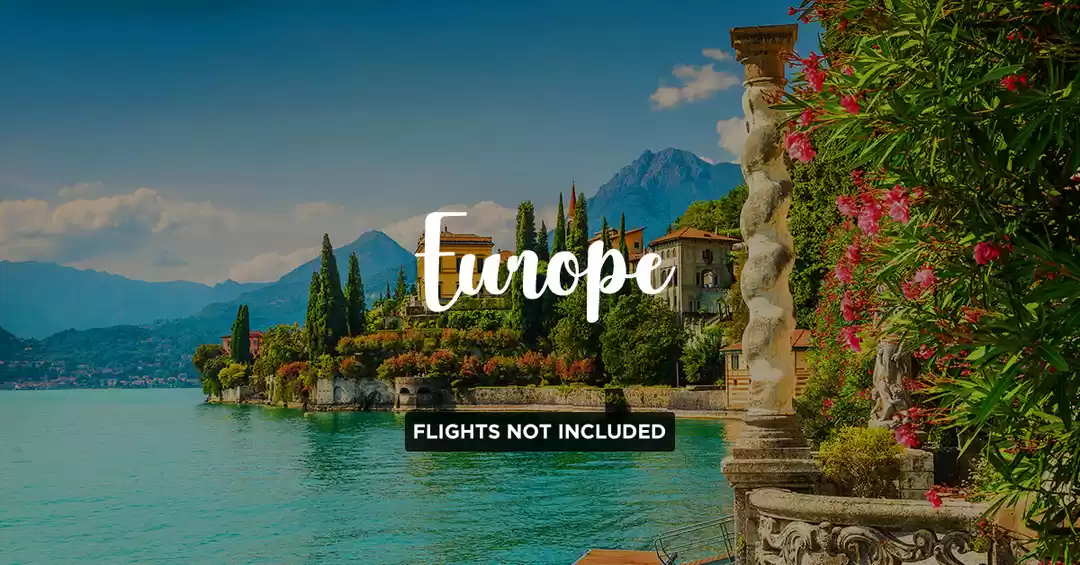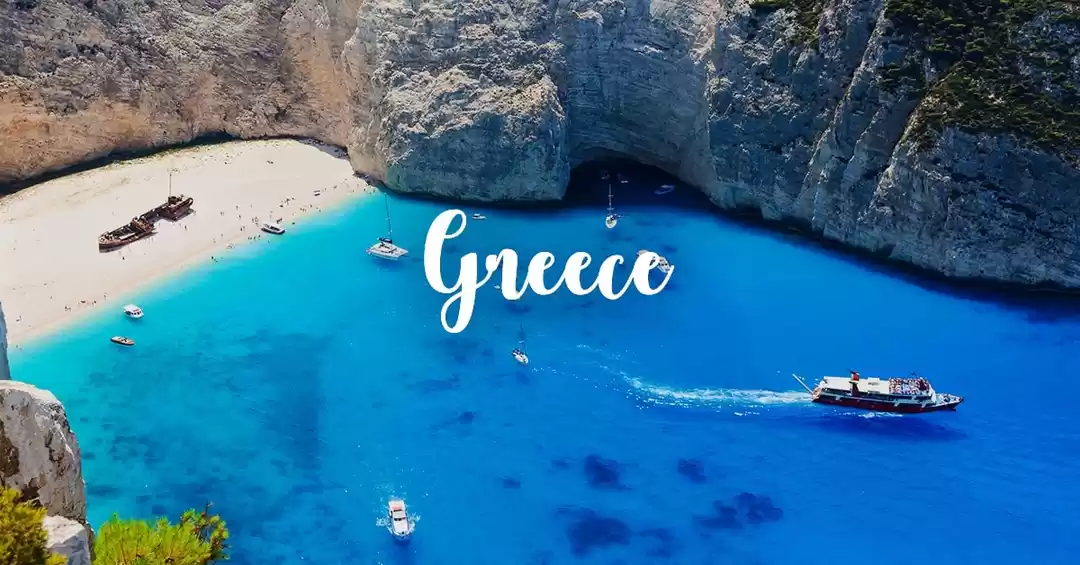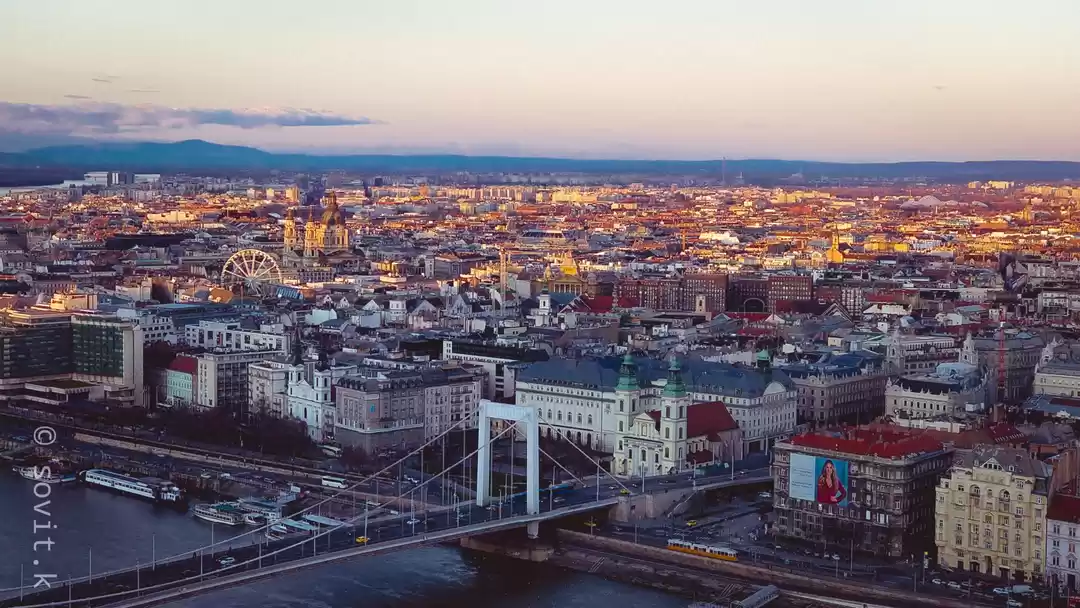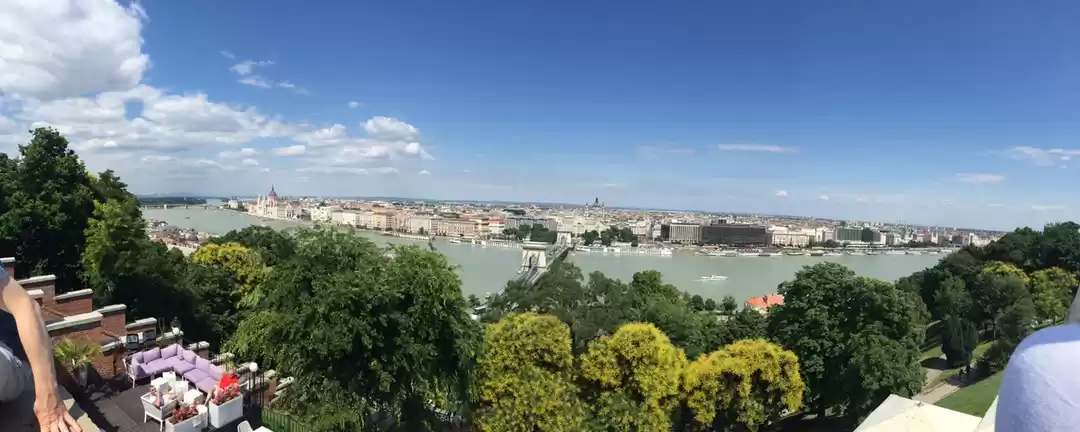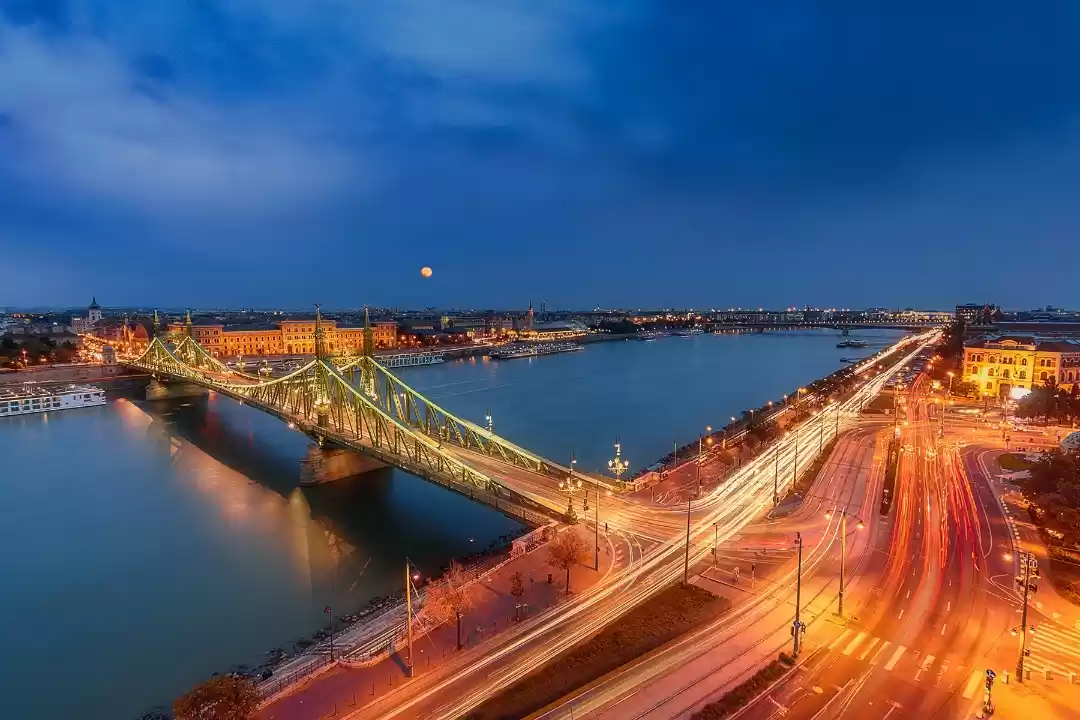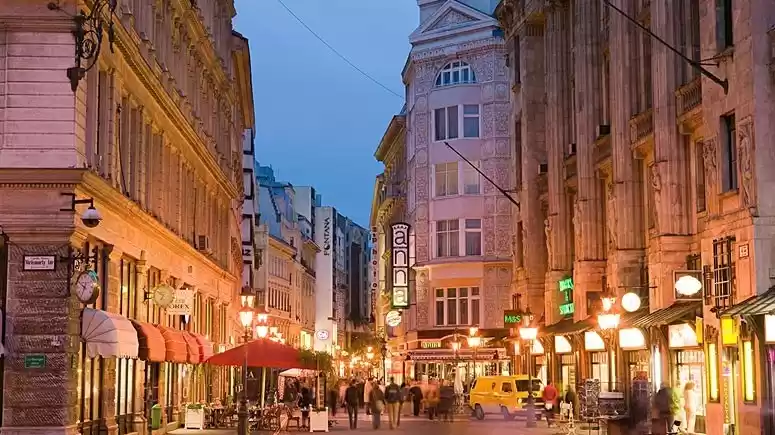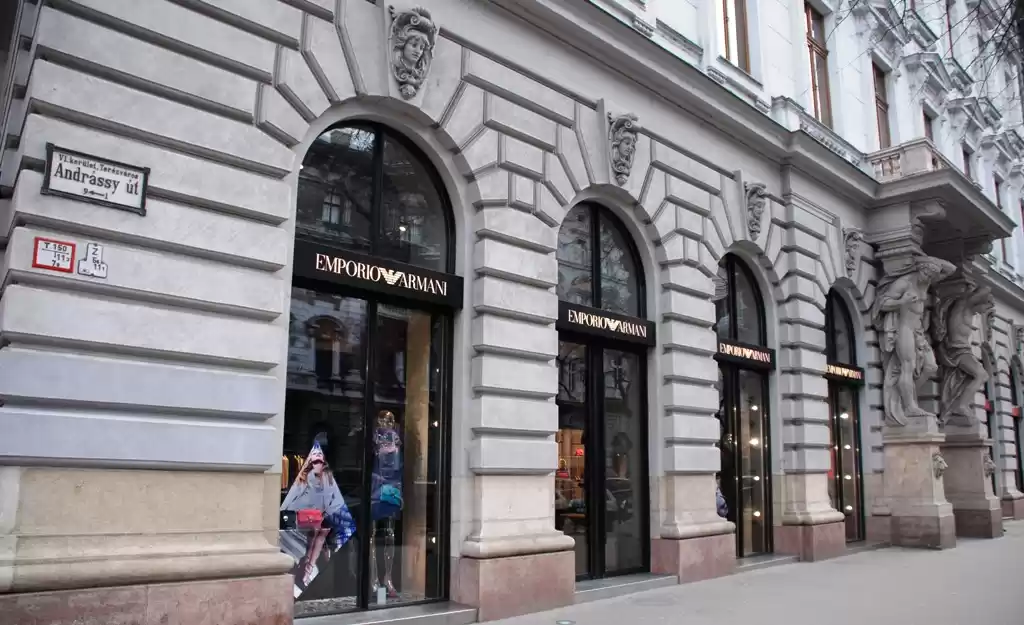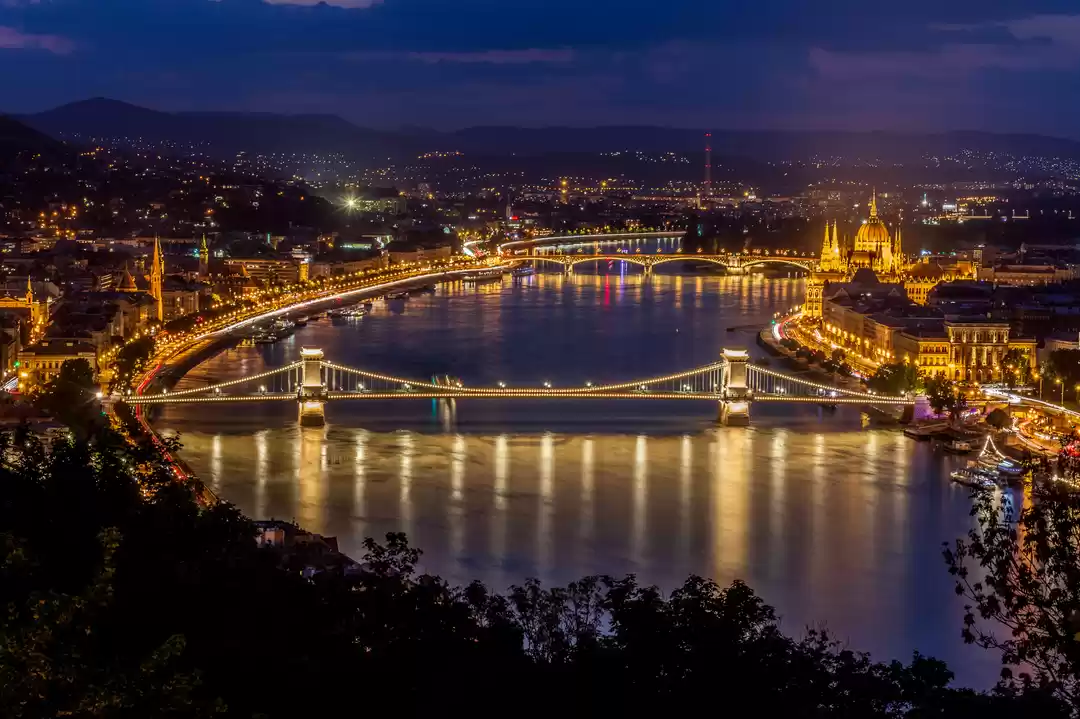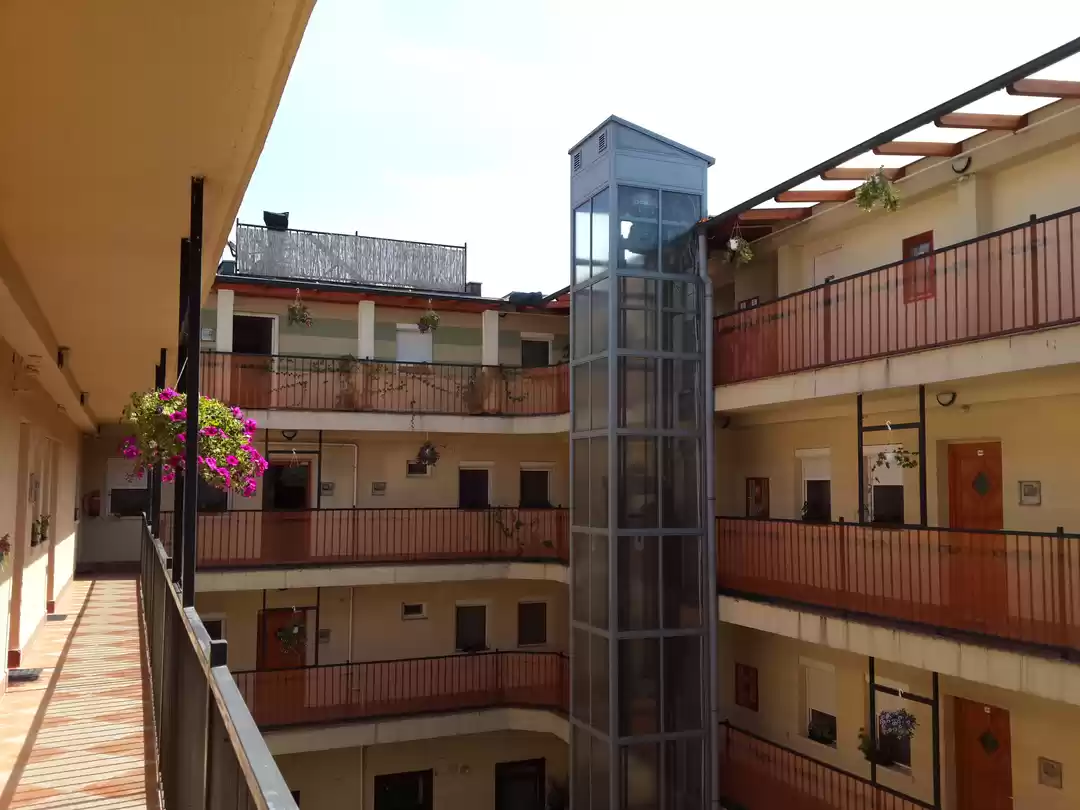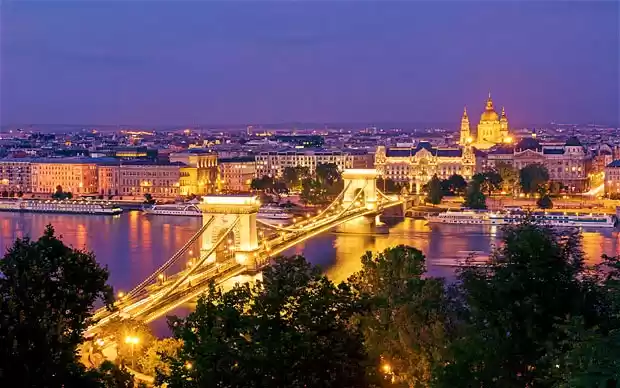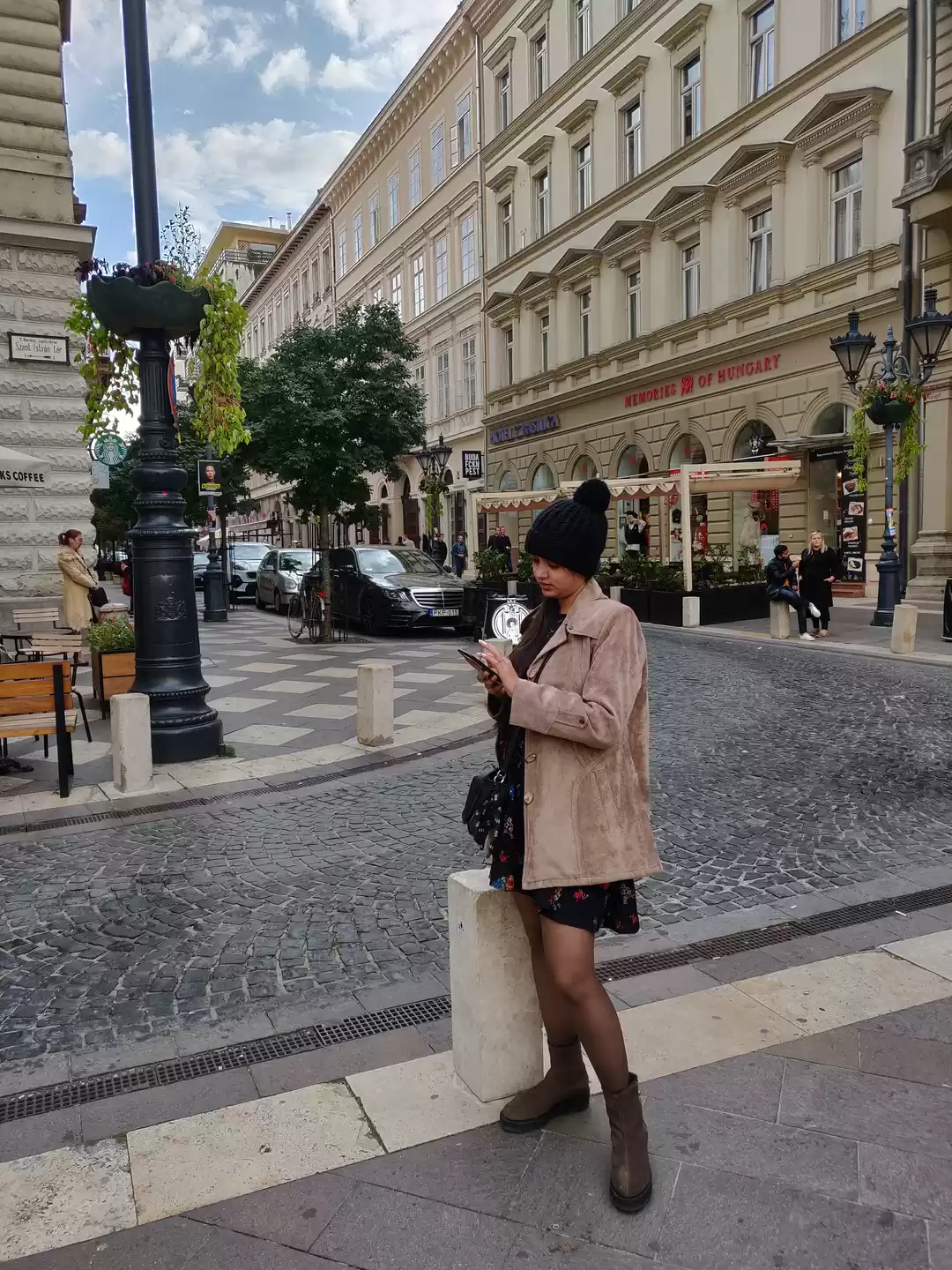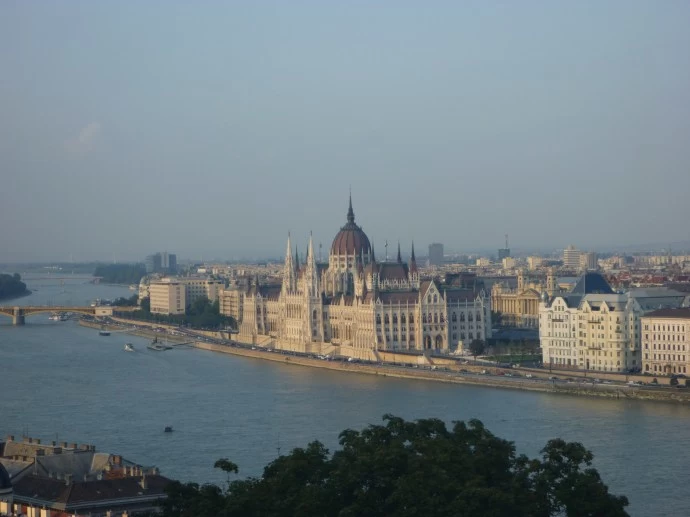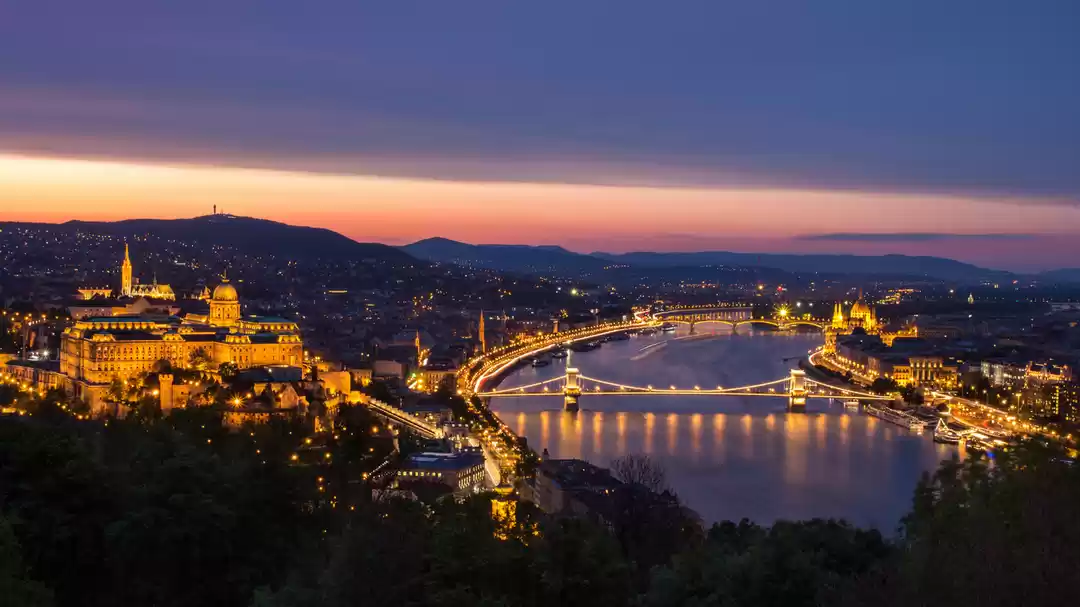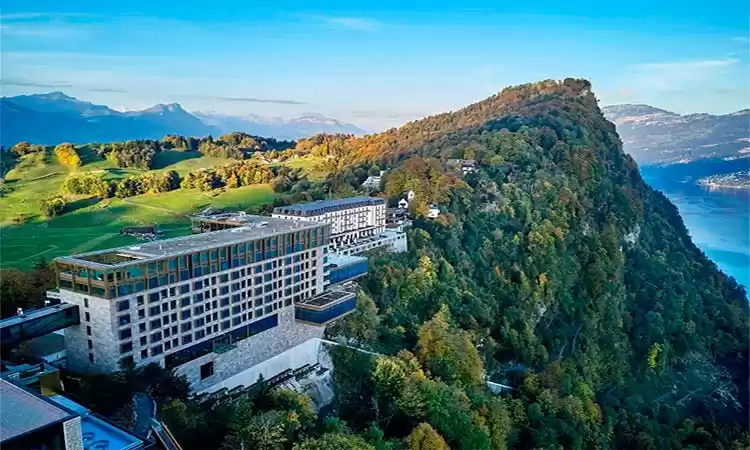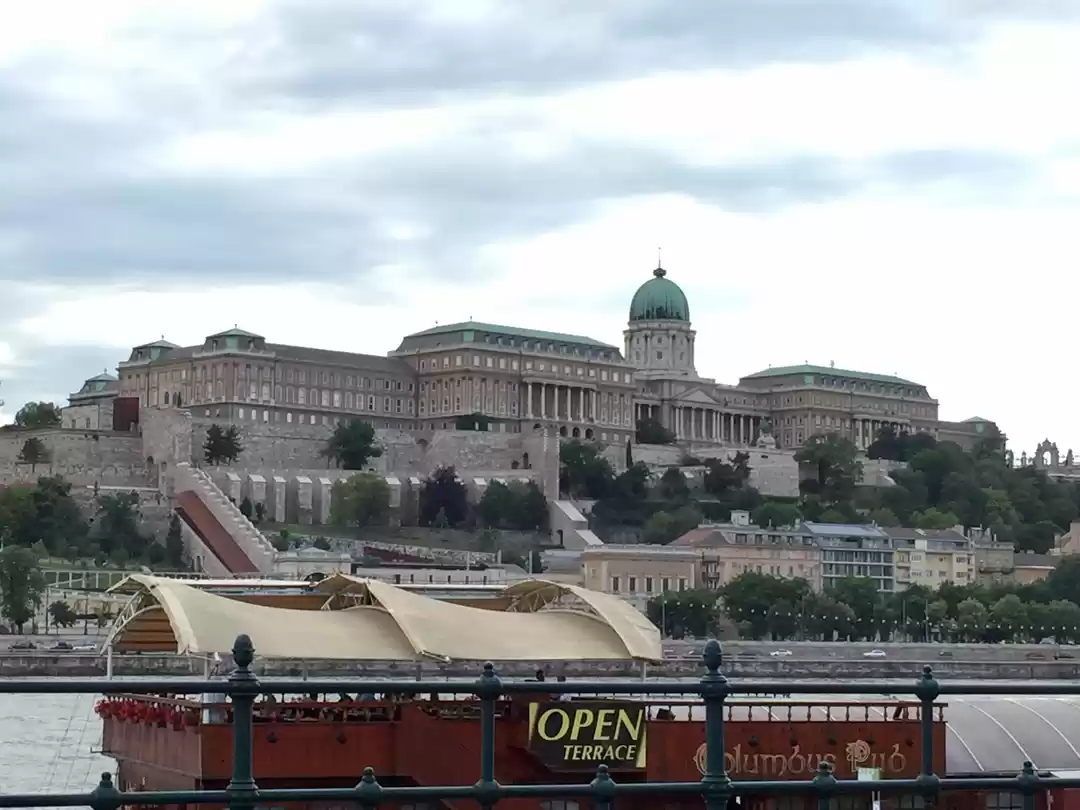It seems that Hungary sits over a steaming inferno of water...
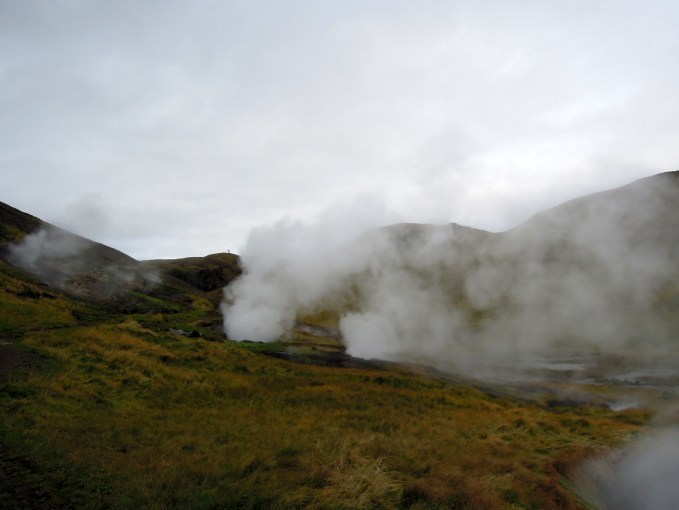
Hungary has a reputation for having the best Roman Turkish bath houses in Europe. People from all over Europe, as well as from other parts of the world, visit their famous medicinal hot springs.
Thermal baths are literally spread all over the country. There are over 140 registered thermal baths in Hungary and over 1300 thermal springs.
The city of Budapest holds the title of having the most thermal and medicinal springs than any other city in the world.
The Roman Turkish bath houses are reputed to have many beneficial effects for muscular, joint, arthritic, gynecological and skin conditions as well as rejuvenation and relaxation benefits.
The medicinal waters are rich in dissolved substances and gases, combining elements like sulfur, calcium, magnesium, hydrogen-carbonate, radium-salts and reduced sulfuric solutions, as well as organic and inorganic substances, which help cure the body of illnesses. These ailments may be the result of deficiencies in minerals which can be effortlessly absorbed through the skin at the medicinal springs.
I personally have some joint issues, and while the waters were soothing and relaxing, I noticed only a temporary healing effect of these waters. The bath house doctors however, advise that at least one week of daily bathing in the medicinal waters is necessary to achieve long-term medicinal results.

Most of the Roman Turkish baths are housed in centuries-old palaces, many dating back 600 years, first to Roman times, and then Turkish times.
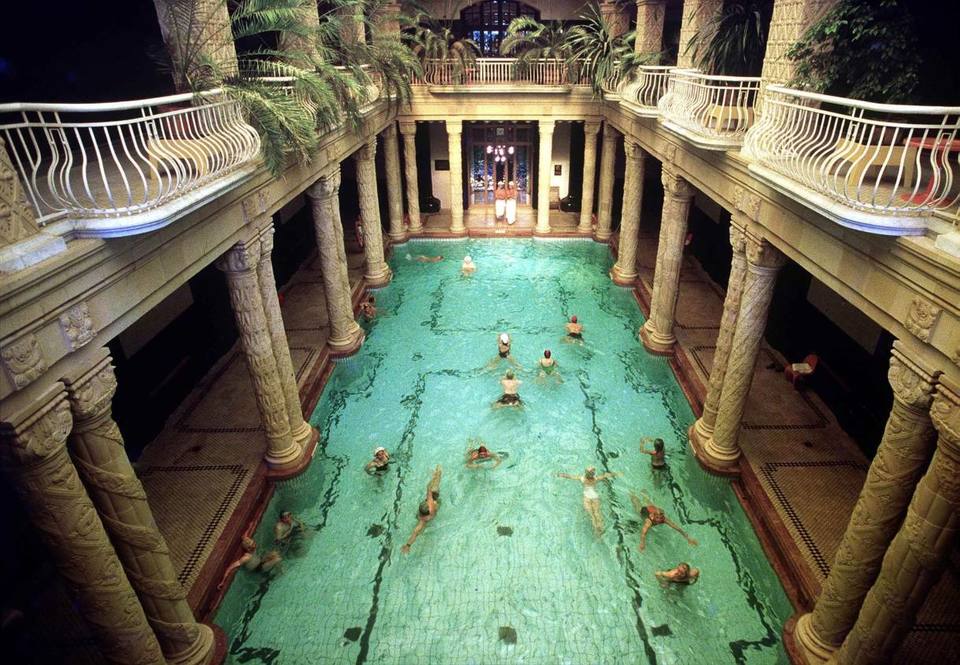
Originally, the Turkish Baths were for Men Only, but later they had separate days for men and for women. Now of course, it is an harmonious mix of genders, ages, and nationalities.
We just had to find out what these Roman Turkish bath houses were really like, so we tried two of them, and it was indeed, a relaxing but not inexpensive experience. Day Passes range from $11 to $100 depending on what is included, like massages, private locker/change room, access to relaxation spa lounge and fresh fruit drinks. They all have cafe restaurants as well.
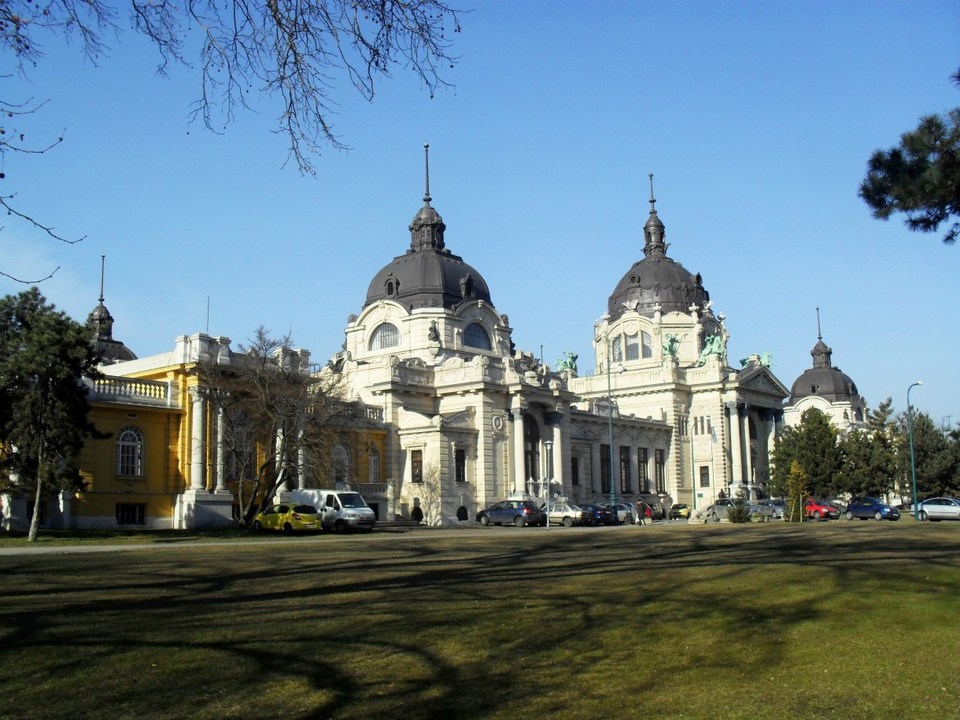
The first Bath House was Szechenyi Baths... http://www.szechenyifurdo.hu/
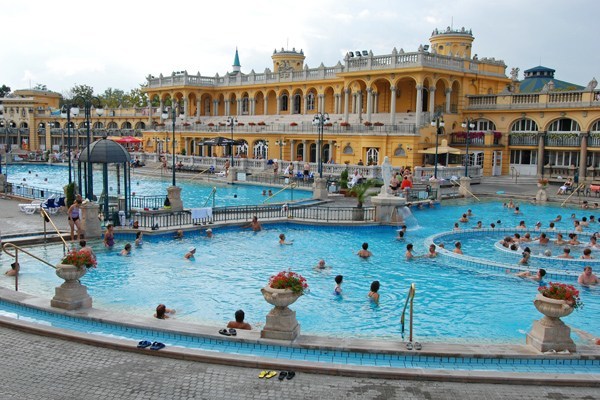
With almost 20 different temperature pools, some inside, some outside, you certainly can have a variety of warm to hot baths at Szechenyi. Water temperatures range between 21 and 78 Celsius, and are marked at each pool.
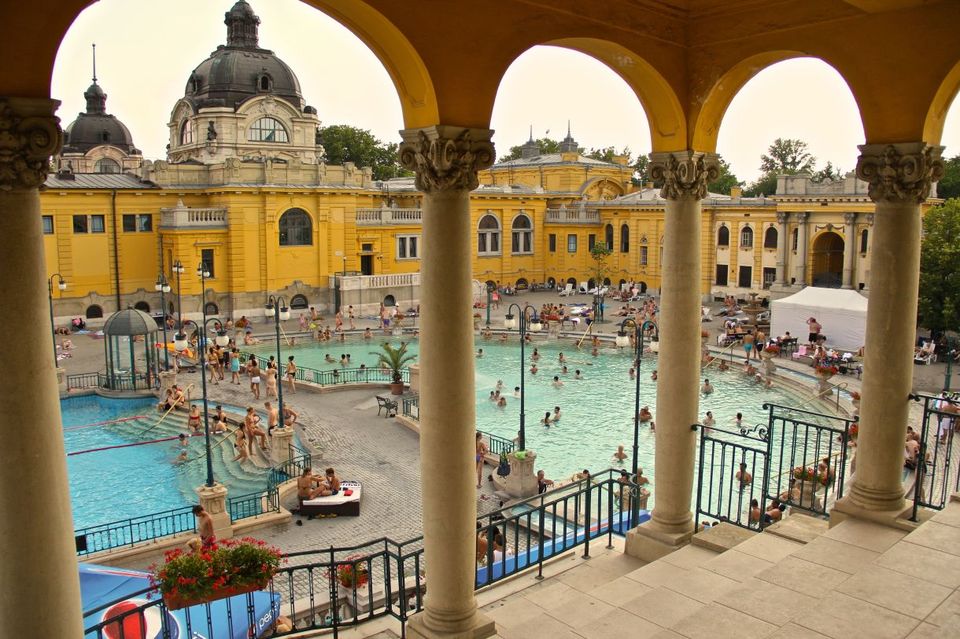

People play chess on the water...
A full day pass with massage and VIP access to the Fresh Juice and Relaxation Lounge was over $100C. Just a day pass with private locker is $22C. You can also visit the on-site doctor (for a fee) to get recommendations for healing therapies like hydrotherapy, mud therapy, fish pedicures, massages, saunas, steam rooms and whirlpools (all for an extra fee).
The massage I had at the Szechenyi Roman Bath House was truly amazing. He used a combination of all types of massages, including Thai style, deep tissue and Shiatsu.


I must say that the Spa Lounge was awesome. It was quiet, peaceful and relaxing with luxurious seating inside and out, soft music, and great fresh fruit drinks.


We started with the massages, relaxed in the lounge for a while, and then worked our way through the multitude of pools, inside and out. It took all day.

There was even a lazy river in one of the outside pools where the current is quite strong and literally pushes you around in a circle. It got a little wild at one point when a group of young teens were frolicking about, and I lost my balance and stubbed my toe - it was black and blue the next day. Getting out of the circle is also a bit tricky because if you don't push yourself out quickly, you will be dragged back into the circling current of water! It only took 3 times around before I was able to escape!

The brave and bold might try the cold plunge pool at the Szechenyi Roman/Turkish Bath House, but we didn't see anyone in it.
A few weeks later, we drove a couple hours NE of Budapest to the Miskolctapolca Bath Caves, a thermal bath in a natural cave. (I dare you to pronounce "Miskolctapolca" fast!) http://www.barlangfurdo.hu/
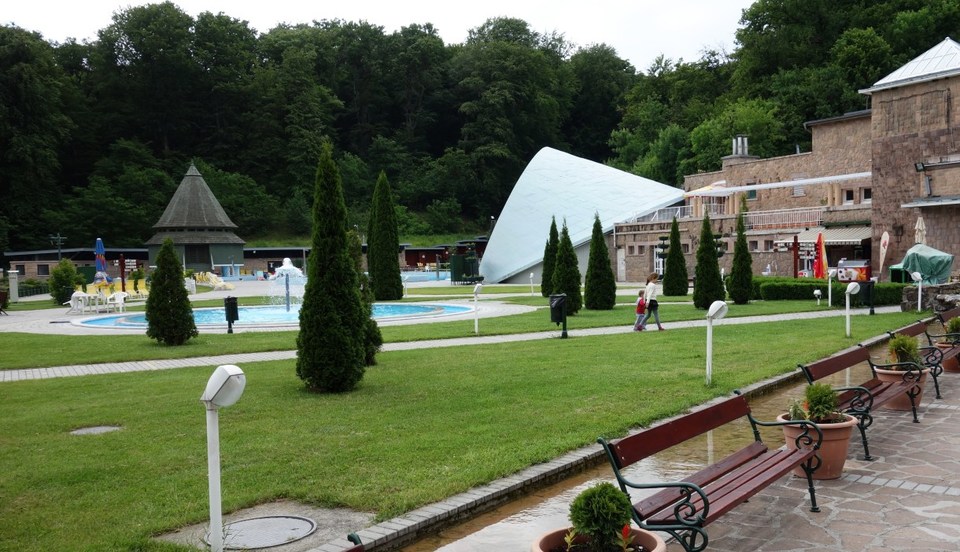
It's also known by other names, including Barlang Fürdö. This Roman Turkish Bath thermal cave has been around since ancient times. A day ticket is $11. The caves and brilliantly turquoise blue waters were amazingly beautiful...
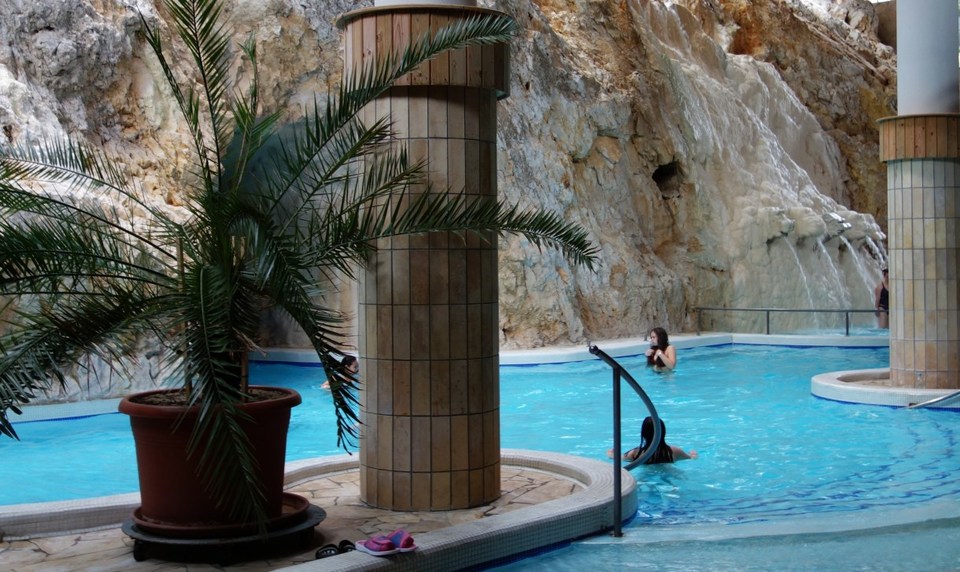
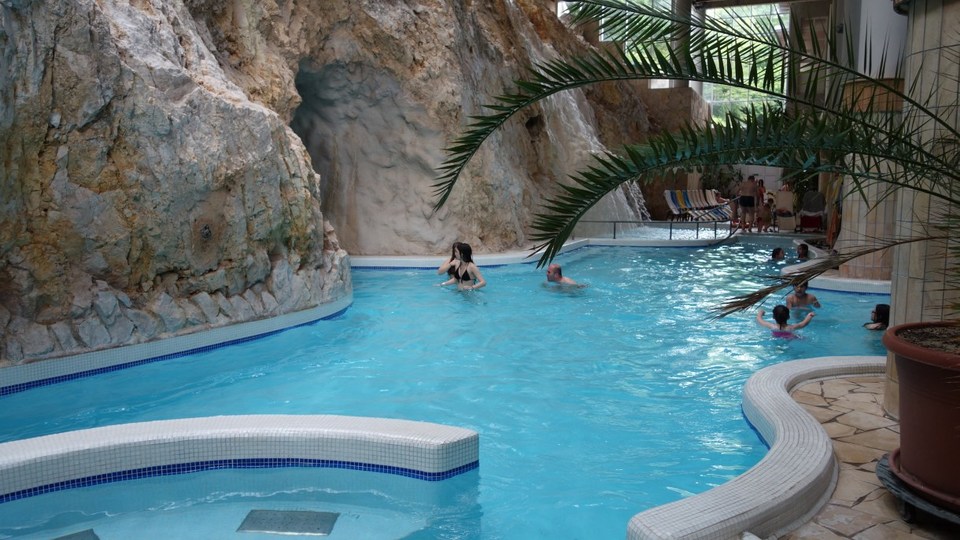
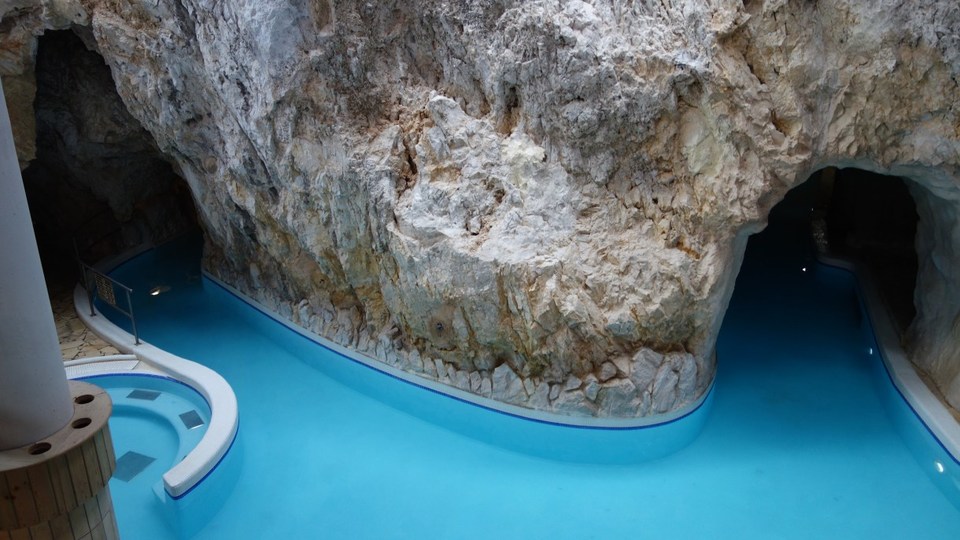
But what a shock when we stepped into the water - it was cold! Not even warm, but cold. Isn't this supposed to be hot thermal caves. With the language barrier, we never did find out why the water at the Miskolctapolca Roman Turkish Bath Cavewas cold. Perhaps at certain times of the year, it is warmer and cooler. Of course, once you got used to the coolness, it was fun.
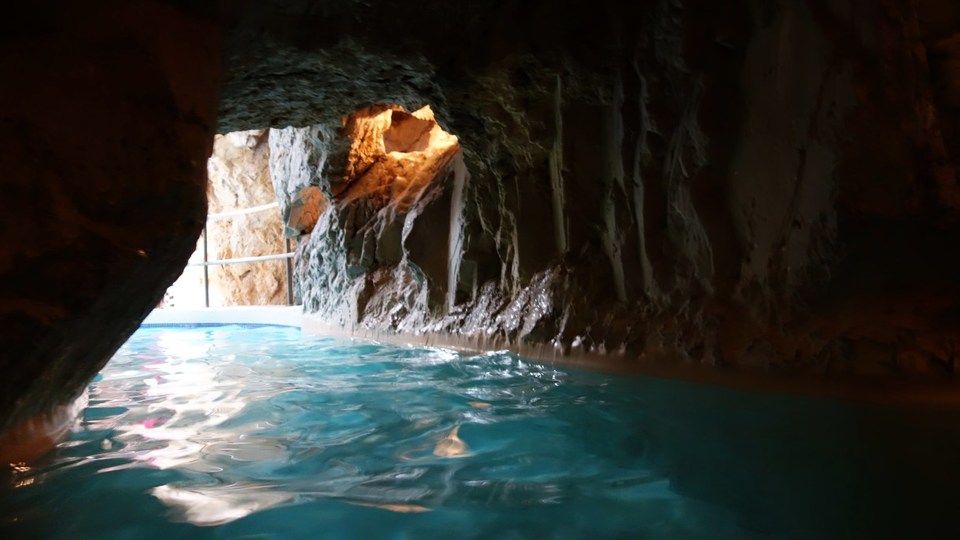
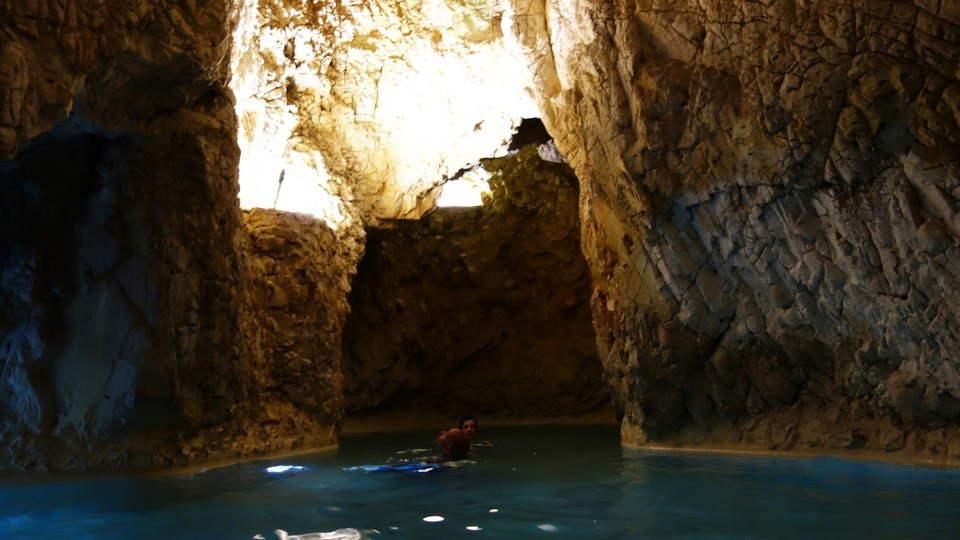
The water winds in and out of various caverns, some with little waterfalls, but it was a spooky to go down one waterway that was dark and so steamy that you could barely see.
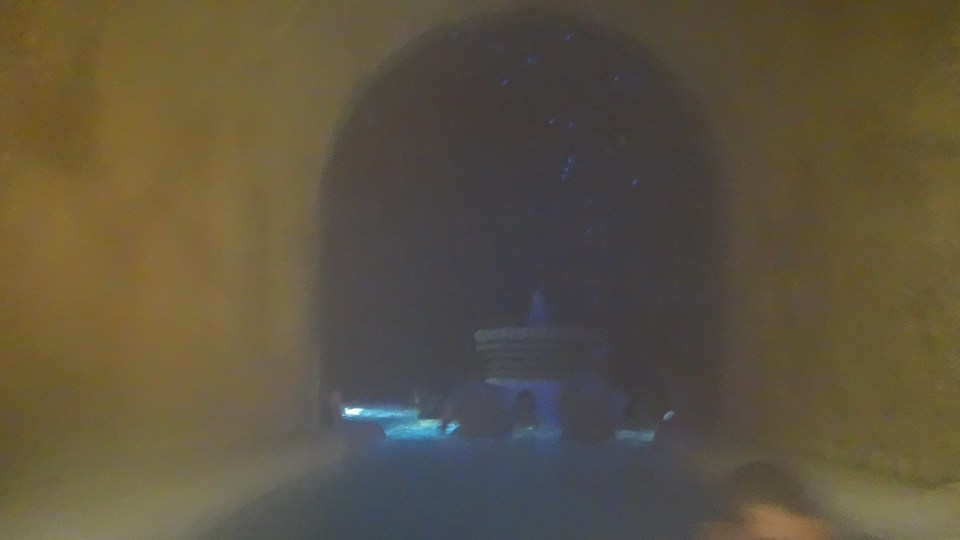
Suddenly you were in a larger cavern with tiny stars glittering on the ceiling, fresh cool air blew all around, and eerie space music echoed through the black space. It was awesome! It actually felt like you were floating in outer space!
Don't plan to do anything after a day at a Roman/Turkish Bath House thermal spa. You will be as exhausted and relaxed as a rubber doll.
http://visitbudapest.travel/activities/budapest-baths/
P.S Stay overnight in Miskolctapolca and the next day enjoy a side-trip to Lillafured, where there is a pretty lake and hotel, with large grounds housing the remnants of a castle, and Eger, an historic town from the year 1001, with 3 km of wine cellars under the town and castle. Just outside of town is another thermal spa.
Trip first published on TRAVEL TO LITTLE KNOWN PLACES






